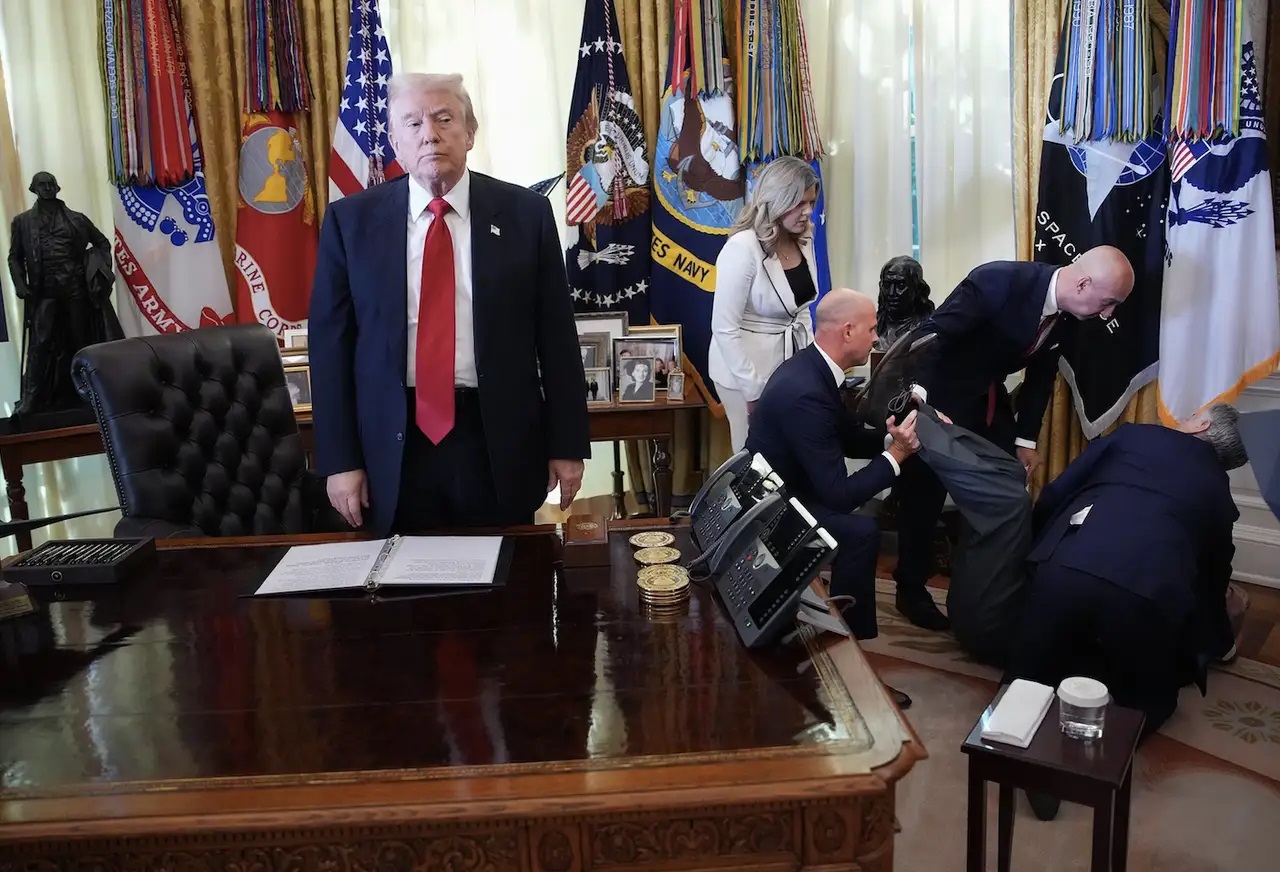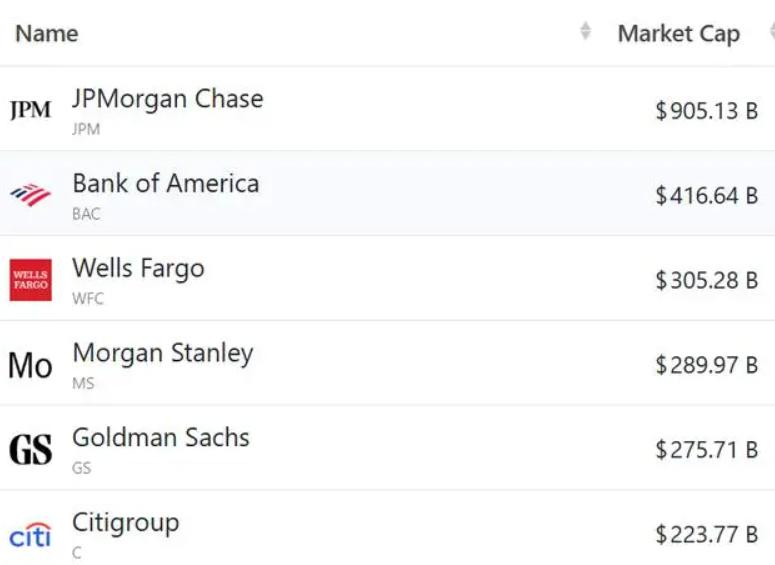
The term 'global drug price island' is a common label used by the international community for the US pharmaceutical market. The Rand 2024 report shows that the average price of drugs in the United States is 2.78 times higher than that of 33 other OECD countries, and the price of branded original drugs is as high as 4.22 times. A bottle of antihypertensive medication priced at $80 in Canada can be listed for up to $320 in American pharmacies; The pricing of the same anti-cancer drug in Germany is only one-third of that in the United States. This outrageous price difference is not a natural result of free market competition, but a product of the deep interweaving of multiple factors such as patent protection monopoly, intermediate link exploitation, policy mechanism failure, and interest group games. Behind it lies a closed-loop logic of "high pricing high profit high game".
The excessive protection of the patent system has built a monopoly foundation for pharmaceutical companies' pricing. As the core battlefield of global pharmaceutical innovation, the United States' patent protection system has always been characterized by "high intensity and long term". This was originally a system design to incentivize research and development, but now it has been transformed into a "protective umbrella" for pharmaceutical companies to maintain high pricing. According to US patent law, new drugs can enjoy a maximum patent protection period of 20 years, plus patent compensation during clinical trials, and some drugs can have an actual monopoly period of more than 25 years. During the patent protection period, pharmaceutical companies have full pricing power and do not need to deal with market competition pressure. They often set prices based on "willingness to pay" rather than research and development costs. For example, a special drug for treating rare diseases, with a research and development cost of about 500 million US dollars, is priced at an annual treatment cost of 450000 US dollars, and can recover all costs in just two years. What is even more alarming is that pharmaceutical companies extend their monopoly period and prevent generic drugs from entering the market through "evergreen" operations such as dosage form modification and indication expansion before the "patent cliff". This model of "innovation for monopoly, monopoly setting high prices" has made the United States the main source of profits for global pharmaceutical companies, and has also caused patients to pay excessive premiums for innovative results.
The layered exploitation of intermediate links has pushed up the terminal prices of drug circulation. The existence of drug welfare management agencies (PBMs) in the US drug distribution system has become a key driver of inflated prices. The three major PBM institutions (CVS Caremark, ESI, OptumRx) monopolize 80% of prescription volume, forming a tripartite interest chain of "pharmaceutical companies PBM insurance companies".
The historical flaws in policy mechanisms have provided institutional soil for high drug prices. The "non-interference clause" in the 2003 Healthcare Modernization Act prohibits the federal government from directly negotiating drug prices with pharmaceutical companies, causing Medicare, as the largest purchaser of drugs, to lose its core bargaining power. This system design originated from the strong lobbying of the pharmaceutical industry, which led to the United States becoming the only developed country that has not established a government drug price negotiation mechanism.
The chain reaction caused by high drug prices is continuously eroding the fairness and efficiency of American society. For patients, high drug costs have become a heavy burden, with about a quarter of American adults giving up or delaying drug purchases due to price reasons, and low-income groups facing the survival dilemma of "difficult medication". For the medical insurance system, the rapid growth of drug expenses has led to an annual increase in medical insurance premiums. In 2024, the average annual fee of household medical insurance in the United States exceeded $25000, and the government's financial pressure continues to increase.
To solve the dilemma of high drug prices in the United States, a systematic restructuring at the institutional level is needed: it is necessary to retain effective incentives for innovation and avoid excessive intervention that undermines research and development enthusiasm; We also need to improve the negotiation mechanism for medical insurance, regulate intermediate links, enhance price transparency, and curb unreasonable pricing. For the world, the lessons learned from the United States also reveal the core proposition of the development of the pharmaceutical industry - how to achieve a dynamic balance between innovation incentives, cost control, and accessibility. As a special commodity related to life and health, the pricing of drugs should not only be a market behavior, but also reflect social equity and humanistic care.

Driven by the Trump administration's push to relax financial regulations and the recovery of investment banking business, the market value of the six major banks in the United States has cumulatively increased by approximately 600 billion US dollars by 2025.
Driven by the Trump administration's push to relax financia…
On Christmas evening, U.S. President Trump posted on social…
According to multiple foreign media reports, the recent fin…
The middle class, once regarded as the cornerstone of Ameri…
On December 19th local time, the US military launched a lar…
The Boxing Day sunshine should have cast a false glow of pr…